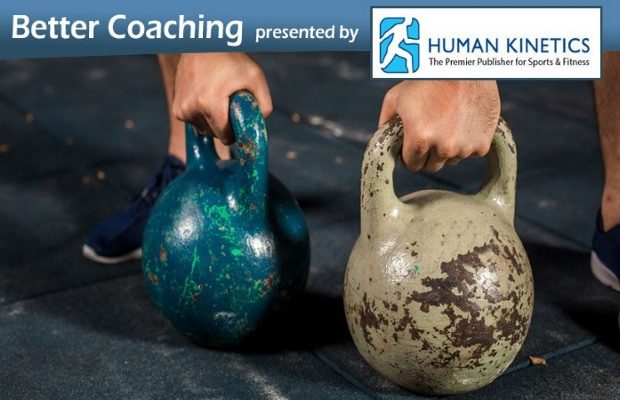3 Questions To Define Functional Training

To better understand the concept of functional training, ask yourself a few simple questions.
- How many sports are played sitting down? As far as I can tell, only a few sports, such as rowing, are performed from a seated position. If we accept this premise, we can see that training muscles from a seated position would not be functional for most sports.
- How many sports are played in a rigid environment where stability is provided by outside sources? The answer would appear to be none. Most sports are contested on fields or courts. The stability is provided by the athlete, not by some outside source. Reasoning again would tell us that most machine-based training systems are not by definition functional because the load is stabilized for the lifter by the machine. Proponents of machine-based training systems might argue that machine-based training is safer, but there is a clear trade-off for relative safety in the weight room. Although in theory machine-based training may result in fewer injuries during training, the lack of proprioceptive input (internal sensory feedback about position and movement) and the lack of stabilization will more than likely lead to a greater number of injuries during competition.
- How many sports skills are performed by one joint acting in isolation? Again, the answer is zero. Functional training attempts to focus on multi-joint movement as much as possible. Vern Gambetta and Gary Gray, two widely recognized experts on functional training, state the following:
“Single joint movements that isolate a specific muscle are very non functional. Multi-joint movements which integrate muscle groups into movement patterns are very functional.”
Read the original article in AFCA Weekly by Michael Boyle.
From the answers to those three questions we could probably agree that functional training is best characterized by exercises done with the feet in contact with the ground and, with few exceptions, without the aid of machines.
Resistance to the concept of functional training often lies in the idea that “we have always done it this way.” But, as Lee Cockrell appropriately asked in his book Creating Magic, “What if the way we have always done it was wrong?”
How Functional Training Works
In its most basic application, a functional training program prepares an athlete to play his sport. Functional training is not about using one sport to train an athlete for another sport. That’s cross-training. Many collegiate strength programs confuse the two and, as a result, train their athletes to be powerlifters and Olympic-style weightlifters as much as they do to excel in their primary sports.
Functional training on the other hand uses many concepts developed by sport coaches to train speed, strength, and power in order to improve sport performance and reduce incidence of injury. The key in taking those concepts from the track coach or powerlifting expert is to apply them intelligently to athletes. They cannot be applied blindly from one sport to another. Rather, a program should carefully blend concepts and knowledge from areas such as sports medicine, physical therapy, and sports performance to create the best possible scenario for that particular athlete.
Functional training teaches athletes how to handle their own body weight and, in that sense, somewhat resembles the calisthenics so popular in the early 20th century. The coach initially uses bodyweight as resistance and strives to employ positions that make sense to the participant.
Functional training intentionally incorporates balance and proprioception (body awareness) into training through the use of unilateral exercises. Gambetta and Gray (2002, paragraph 8) state, “Functional training programs need to introduce controlled amounts of instability so that the athlete must react in order to regain their own stability.” The best and simplest way to introduce instability is to simply ask an athlete to perform an exercise standing on one leg. By design, functional training utilizes single-leg movements that require balance to properly develop the muscles in the way they are used in sport. Simply learning to produce force while under a heavy load and on two feet is nonfunctional for most athletes.
Functional training involves simple versions of squatting, forward bending, lunging, pushing, and pulling. The purpose is to provide a continuum of exercises that teach athletes to handle their own body weight in all planes of movement.
A final point on this: Functional training programs train movements, not muscles.There is no emphasis on overdeveloping strength in a particular movement; instead, emphasis is on attaining a balance between pushing and pulling strength and between knee-dominant hip extension (quadriceps and gluteals) and hip-dominant hip extension (hamstrings and gluteals).
New Functional Training for Sports offers athletes, personal trainers, and strength and conditioning coaches the exercises, stretches, and programs that improve speed, strength, and power during sport performance while reducing the incidence of injury. The book includes full-color photo sequences and video demonstrations to illustrate complex exercises.